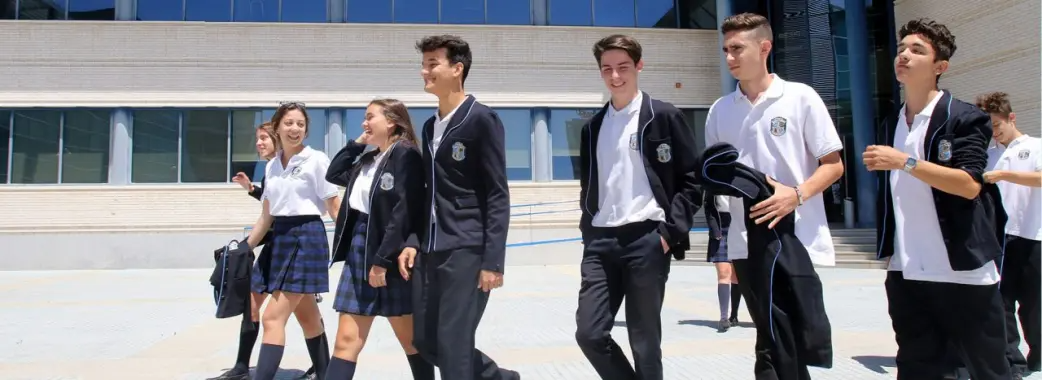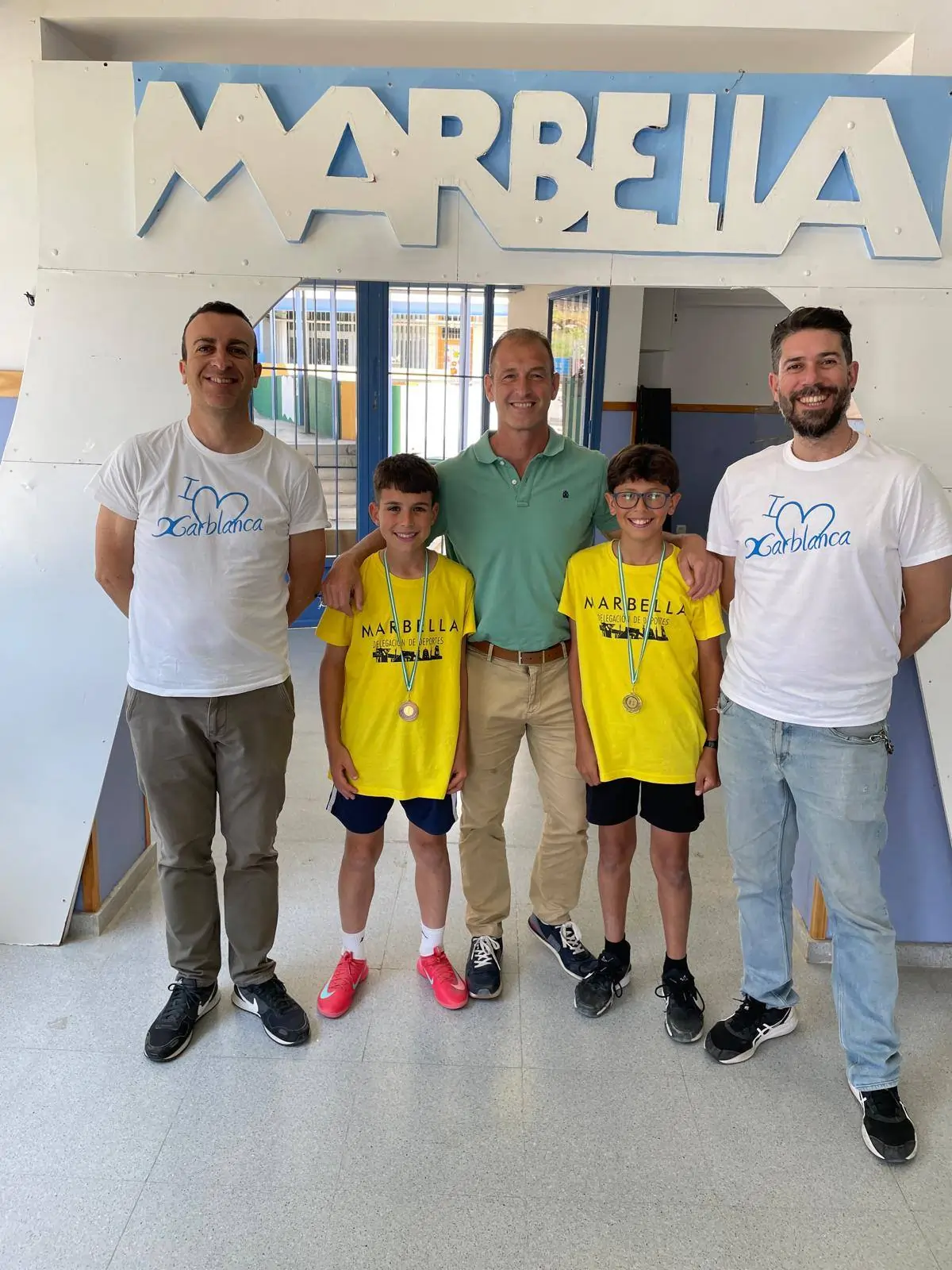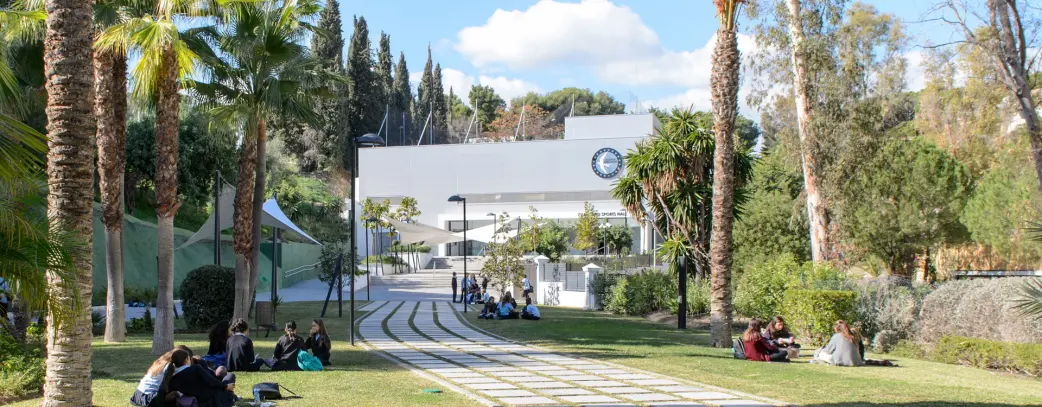
Marbella’s Amazing €4.3 Million Plan for School Improvements: Voices from the Community
Alexandra Farrell | · 7 min. read
Marbella has announced a significant new commitment around school improvements to its public education system. Over the next three years, the municipality will invest €4.3 million into upgrading and maintaining its primary schools. This long-term programme reflects both the scale of the town’s ambitions and its recognition that quality education depends not only on good teachers and curriculum but also on safe, modern, and functional learning environments.
The Breakdown of Investments for School Improvements
The new school improvements initiative is carefully phased. In 2024 and the early months of 2025, €1.7 million was already spent across multiple schools, with improvements ranging from carpentry and plumbing repairs to new painting and sports court upgrades. For the remainder of 2025, an additional €1.3 million is being distributed: €1 million designated for schools in Marbella town and €300,000 earmarked for San Pedro Alcántara. The same level of spending is expected to be repeated in 2026, providing consistency and predictability to school administrators, teachers, and families.
This approach marks a shift from ad-hoc fixes to a more sustainable model where schools can anticipate when maintenance or upgrades are likely to take place. Instead of waiting for major breakdowns, Marbella is attempting to carry out preventative improvements that extend the life of its buildings and facilities.

What Kind of Works Are Being Done
The school improvements are visible in many schools. At CEIP Xarblanca, one of the town’s largest primary schools, work has included carpentry, plumbing, interior and exterior painting, repairing blinds, and refreshing sports courts with new paint. Other schools have seen similar upgrades, particularly during the summer months when classrooms are empty and disruption is minimal.
The aim is not limited to aesthetic changes. Functional improvements, such as plumbing, shading, and safe play surfaces, directly influence the quality of daily life for students and teachers. Well-maintained facilities reduce safety risks, keep classrooms comfortable, and allow extracurricular activities like sports to thrive in better conditions.
Listening to the Community
One of the defining aspects of Marbella’s strategy has been an emphasis on consultation. Municipal leaders have stressed that they want to work directly with school management teams and parent associations to identify what is most urgently needed in each educational centre.
Mayor Ángeles Muñoz captured this approach when she explained that “the best way to act is to listen to those who know the reality best in order to give a quick and effective response to their requests.” She has underlined that the purpose of the programme is not only to make schools look better but also to ensure they are “safe, modern and adapted to the real needs” of schoolchildren.
This method represents a shift in how municipal investments are designed. Instead of imposing a one-size-fits-all approach, Marbella is tailoring improvements to each school, ensuring that limited resources have maximum impact.

The View from the Schools
The people most directly affected, the students, families, and staff, have already begun to see the benefits. At CEIP Xarblanca, the school director Antonio Casero explained that the works “repercut[e] directly on the quality of life of the educational community. It’s an important support for our almost 500 students and 850 families.”
Casero’s comments highlight an important truth: infrastructure is not just about walls and paint. For a community of hundreds of children and their parents, the condition of a school shapes daily routines, affects comfort, and influences how students feel about their education. When schools are clean, safe, and functional, the psychological effect is profound. Families feel confident sending their children there, and children feel proud of their surroundings.
In San Pedro Alcántara, deputy mayor Javier García has also pointed out that educational centres themselves play a key role in deciding what improvements are prioritised. He has stressed that the town hall is committed to responding to the requests of teachers and parents, within the financial capacity of the municipality. This participatory approach makes the process more transparent and responsive.
Why These Investments Matter
Improving schools may not generate the same headlines as new tourist attractions or luxury developments, but it has an equally vital role in Marbella’s future. Education is one of the cornerstones of community life. A well-maintained school directly impacts:
Educational Quality: Students learn better in safe, bright, and comfortable environments. Cracked floors, broken blinds, or outdated sports facilities can distract from the learning process.
Community Confidence: Parents who see investment in their children’s schools feel reassured that the municipality values education and the wellbeing of young people.
Social Equity: By distributing funds between Marbella town and San Pedro Alcántara, the initiative reduces disparities and ensures that all children, regardless of neighbourhood, have access to good facilities.
Long-Term Cost Savings: Preventive maintenance reduces the likelihood of major, expensive repairs down the line. It is often far cheaper to repaint a sports court or fix plumbing early than to replace entire facilities after years of neglect.

Challenges to Consider
Even with strong investment, several challenges remain:
Durability and Follow-Through: Repairs and refurbishments must be designed to last. Without consistent maintenance, schools risk falling back into disrepair within a few years.
Scheduling: While much work is scheduled during school holidays, some projects inevitably spill into term time. Ensuring safety and minimising disruption will remain important.
Equitable Prioritisation: Some schools may face more urgent issues than others. The challenge for the municipality is to ensure that all schools feel the programme is fair and that critical problems are dealt with first.
Budget Stability: The commitment to repeat investment in 2026 assumes municipal finances remain stable. Economic fluctuations or political changes could test the continuity of this long-term plan.
The Human Dimension
While the financial figures and lists of works tell part of the story, it is the human dimension that makes this investment significant. For children, a freshly painted classroom or a repaired sports court is more than a surface change; it is an affirmation that their community cares about them. For teachers, a reliable plumbing system or secure windows reduces daily frustrations and allows them to focus on education.
For parents, knowing that their children attend a school that is clean, safe, and properly maintained builds trust in the local government.
This is why the words of Mayor Muñoz and director Casero resonate so strongly. Their comments reveal how much importance is placed not only on completing the works but on ensuring that they truly serve the people who use these schools every day.
Long-Term Outlook
If Marbella continues to build on this model, consultative, evenly distributed, and sustained, it could become an example for other municipalities in Andalusia and beyond. While Marbella is often known internationally for tourism and luxury, these investments show a determination to also strengthen the foundations of everyday community life.
By 2026, if the programme is carried out as planned, thousands of students will be learning in better conditions than they were in 2019. This, in turn, will shape their educational experience and perhaps their perception of their town. A community that invests in its schools sends a message that it values its youth, not just as future workers but as current citizens.
School Improvements €4,3 Milliom
Marbella’s €4.3 million investment in primary school improvements over the next three years is more than a budget line; it is a commitment to the wellbeing of children, families, and teachers. Building on earlier investments, the programme demonstrates that consistent, well-planned upgrades can transform everyday experiences.
With leadership that insists on listening to school directors and parents, and with voices from the educational community welcoming the changes, this plan has the potential to leave a lasting legacy. The challenge now is ensuring that the works are durable, fairly distributed, and supported by ongoing maintenance. If that is achieved, Marbella’s schools will not only look better but will truly function as safe, modern, and inspiring places for learning,benefiting generations to come